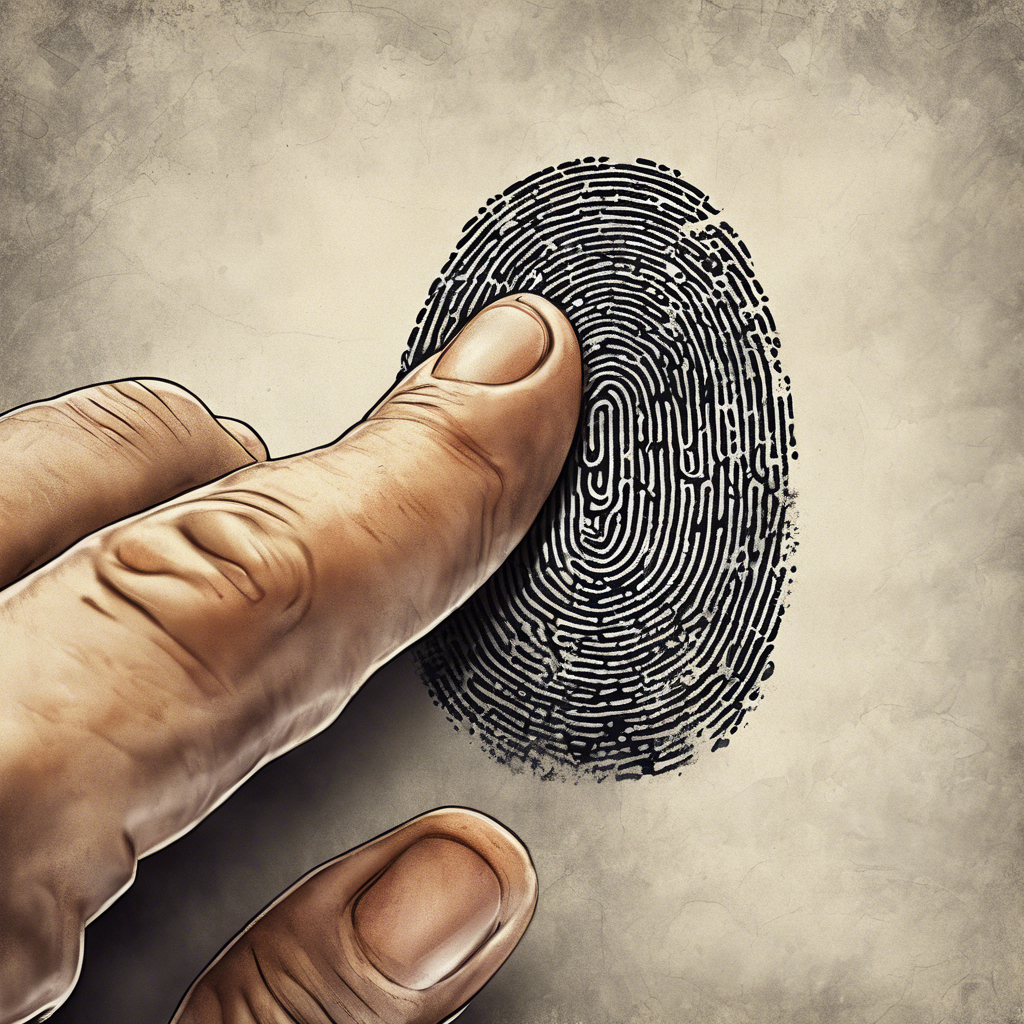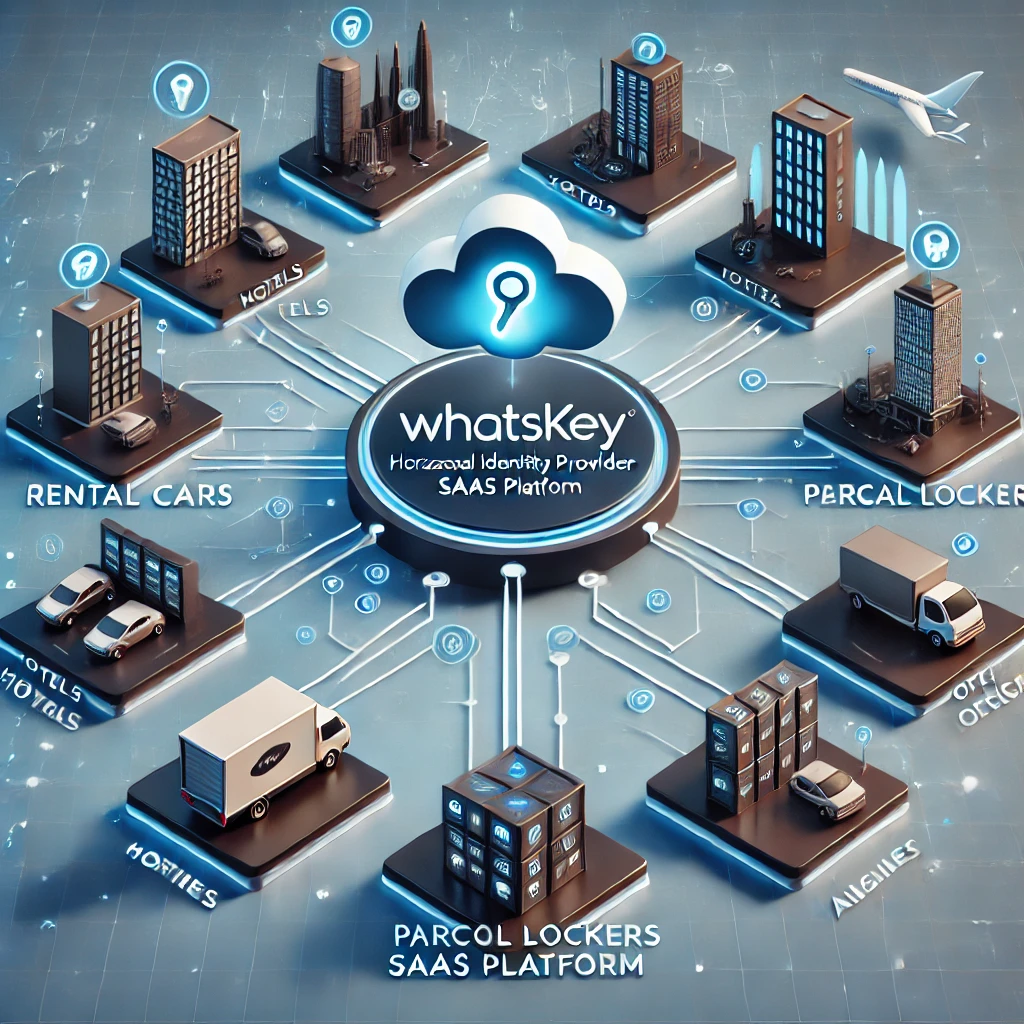In the fast-evolving landscape of digital security, the traditional approaches to Identity and Access Management (IAM) are showing cracks. As businesses and individuals increasingly rely on digital platforms, the need for robust, foolproof IAM systems has never been more critical. Yet, many of the systems we depend on are falling short, leaving us vulnerable to breaches and unauthorized access.
PKI: A Solid Foundation, But Not the Whole Solution
Public Key Infrastructure (PKI) has been a significant advancement in enhancing security and privacy. It provides a secure framework for encrypting and decrypting data, ensuring that only authorized parties can access sensitive information. However, while PKI is a crucial first step, it’s not the end of the journey. It serves as a strong foundation, but the evolving landscape of cybersecurity demands more advanced solutions that go beyond just encryption.
The Problem with Standard Access Credentials
Today, most of us use a combination of passwords, physical keys, key cards, and codes to secure our digital and physical spaces. These methods have been the cornerstone of IAM for decades, but they come with significant weaknesses. The most glaring issue is that these credentials can easily be shared or stolen.
Consider this: if my wife gives me her key card to her office, I can walk in as if I were her. The system recognizes the card, not the person holding it. This scenario highlights a critical flaw—access credentials are often unlinked from the original access rights, making it easy for unauthorized individuals to gain entry.
This separation of identity, access credentials, and access rights poses a significant security risk. In an ideal world, these three elements should be fused together, ensuring that only the rightful owner can use their credentials to gain access.
Fusing Identity, Credentials, and Access Rights
The future of IAM lies in unifying these elements—your identity, your credentials, and your access rights—into a single, secure entity. This fusion ensures that access cannot be passed on, shared, or duplicated without compromising security.
This is where WhatsKey steps in. WhatsKey offers a revolutionary solution that binds your identity to your access credentials and rights through biometric authentication. With WhatsKey, your fingerprint or facial recognition becomes your key—one that cannot be lost, stolen, or shared. The result? A seamless and secure access experience that truly belongs to you and you alone.
In a world where security threats are becoming more sophisticated, it’s time to move beyond traditional IAM methods and embrace solutions that offer the security and convenience we need. WhatsKey is at the forefront of this evolution, providing a future-ready approach to identity and access management.







